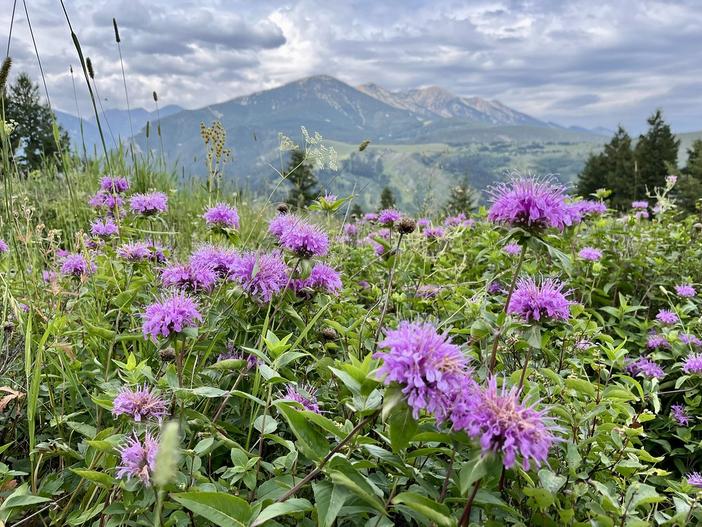Lesser Calamint
(Melissa montana)
Lesser Calamint (Melissa montana)
/
/

Forest Service Northern Region
PDM 1.0


Estimated Native Range
Summary
In garden settings, Lesser Calamint is valued for its extended flowering period, aromatic leaves, and its ability to attract beneficial insects. It is often used in herb gardens, as ground cover, and in border plantings. This plant is drought-tolerant once established, making it suitable for xeriscaping and low-water gardens. It prefers full sun but can tolerate part shade, and it thrives in well-drained soils. While generally low-maintenance, it may benefit from light pruning to maintain a compact shape. There are no significant disease or pest problems, but in some regions, it can become invasive if not managed properly.CC BY-SA 4.0
Plant Description
- Plant Type: Subshrub, Herb
- Height: 1-1.5 feet
- Width: 1-2 feet
- Growth Rate: Moderate
- Flower Color: White, Pink, Purple
- Flowering Season: Summer, Fall
- Leaf Retention: Semi-Deciduous
Growth Requirements
- Sun: Full Sun
- Water: Low, Medium
- Drainage: Medium
Common Uses
Bee Garden, Bird Garden, Border Plant, Butterfly Garden, Deer Resistant, Drought Tolerant, Edible*Disclaimer: Easyscape's listed plant edibility is for informational use. Always verify the safety and proper identification of any plant before consumption., Erosion Control, Fragrant, Hummingbird Garden, Low Maintenance, Potted Plant, Rock Garden
Natural Habitat
Rocky slopes, scrublands, and open woodlands across the Mediterranean region, the Balkans, and the Caucasus
Other Names
Common Names:
Scientific Names: , Melissa montana, Clinopodium calamintha, Clinopodium nepeta subsp. spruneri, Satureja calamintha, Calamintha officinalis, Calamintha baetica, Calamintha nepeta subsp. glandulosa, Satureja calamintha subsp. glandulosa, Clinopodium nepeta subsp. glandulosum
GBIF Accepted Name: Clinopodium nepeta subsp. spruneri (Boiss.) Bartolucci & F.Conti